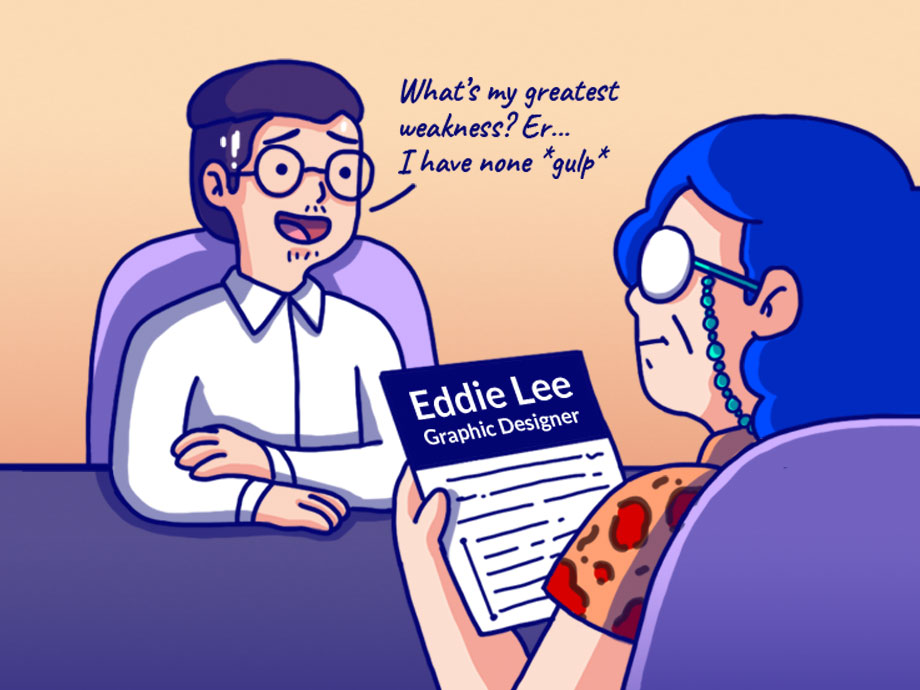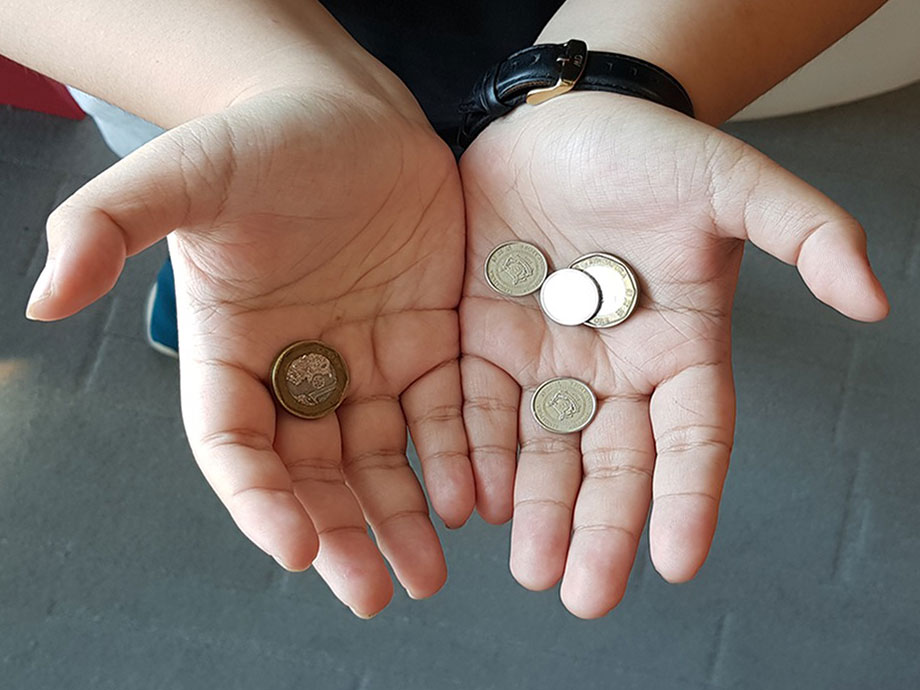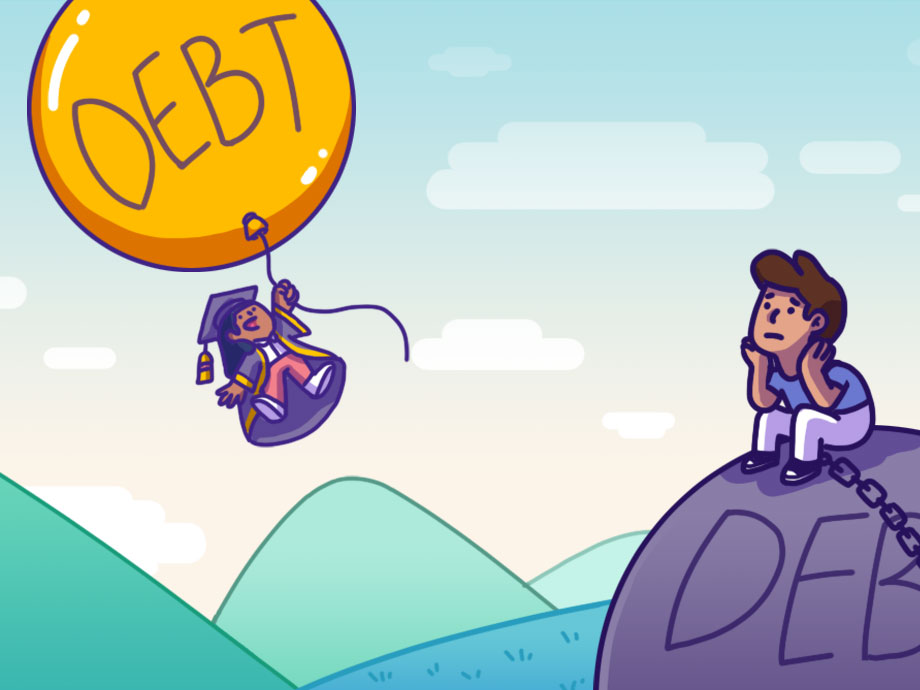Career & Education | Life | Article
Side Gigs Made Simple: Photography
by Sophia | 3 Mar 2020 | 13 mins read
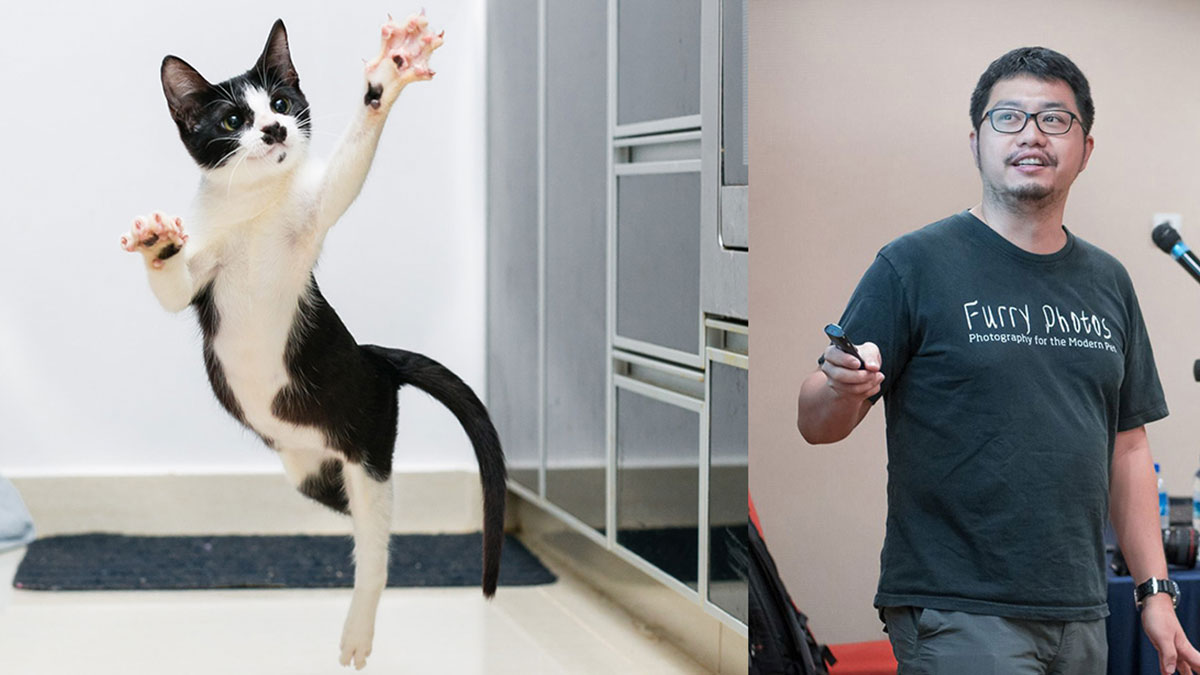
If you are a wage-slave and all you have is time (and no money), you might be thinking about how you can use your time on the weekends to generate you just that bit more income, or as they say, taking on a side gig.
When starting out a side-gig, most people default to monetising their hobbies — and a popular choice is, without a doubt, photography.
So here’s a guide on how one can make that transition between hobbyist to pro photographer. I spent an evening with local pet photographer Nick, data-mining him about his 13-year side business, Furry Photos. While he currently works as an operations manager, he’s doing pretty decently with Furry Photos, netting himself extra earnings of over $9,000 per year after taxes.
I quizzed him on everything to do with photography and doing it as a side gig; here’s what he had to share and teach.
When Do You Know You’re Ready?
You’re the go-to photographer for family events, birthday parties, and you get a load of likes on the ‘gram. You’re practically a full-fledged photographer already, just an unpaid one — which now begs the big question:
How do you know if you’re ready? How do you know you’re actually good enough to start demanding money for this?
Just dive head in, Nick advises. Half-jokingly, he shared, “It was a false sense of confidence that my photos were good. But really, I just compared my shots to other photographers and found sometimes that our styles were similar and figured I could start charging.”

But if you prefer to dip your toes into the shallow end first, there are other options available like shooting weddings as a backup photographer to seasoned pros.
“That’s a safe way to train for weddings at least, to get your feet wet. Find someone willing to take you on to shoot second for them; there’s less pressure, and you usually don’t edit photos. You’re just taking backup shots.
“You’ll still get scolded if you screw up, and the pay is about $15 an hour, but all you have to do is shoot and hand back the memory card.”
His biggest piece of advice for budding freelancers is to perhaps locate a mentor, especially if they’re interested in the genres of commercial or wedding photography.
“There are specialised commercial groups and groups for wedding photographers out there. They generally band together and refer jobs to one another.”
How to Price
What might ease the pressure for you is that you’re likely going to undercharge for your first job anyway.
Nichola’s first doggie client was a boarder he met while volunteering at SPCA. He charged “around $200” for that first gig — guesstimated out of thin air, after looking at other portrait photographer rates on the Internet.
But that’s the wrong way to go, he shared. “You need to think about how much you want to earn a month. What’s your monthly expenditure? How many hours do you want to shoot in total? Take the total earnings per month and subtract your output and divide that by the number of hours — then you’ll know how much to charge per shoot,” he shared.
It goes without saying that pre- and post-production work affect a photographer’s rates accordingly, based on the number of hours you work before and after the shoot.
“After the first job, when I realised I priced it wrongly,” he said, half-sheepish about it. “I did my research and realised the rate wasn’t sustainable.” Of course, he has since increased it.
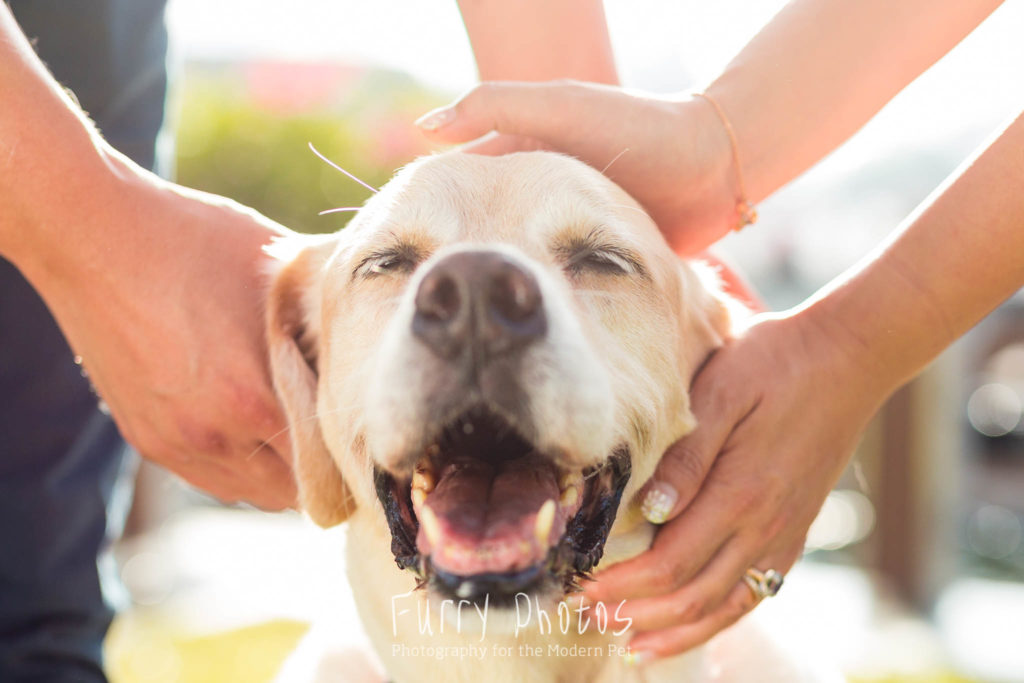
Making It Sustainable
Here’s the next problem for someone diving into this side gig: how do you acquire more sales if you don’t have the time to search for clients from Monday to Friday?
For Nick, word-of-mouth referrals are his lifeblood. But soon after beginning to sell his services, he eventually built his own portfolio website. To this day, his website gets him about 20% of his clients through organic discovery, while word-of-mouth referrals still reign supreme at 80% of his total clientele.
Time Commitment
Of course, it’s not going to be as simple as taking photographs on the weekend, if you venture into side-gigs — your second career will definitely bleed into your weeknights. For Nick, photo editing and touching up became his after-work activity.
“Most sessions take four to eight hours of sitting in front of the computer,” he said, “to go through photos, deleting, cropping, and touching up. But it’s not as bad as the wedding guys.”
He tends to provide a three-week delivery buffer for himself in the case of handling multiple, back-to-back shoots. Editing on average takes a few hours.
But post-production work isn’t just about editing and spending hours on Lightroom. It’s also about the grueling, admin side of things: documentation and invoices.
Administrative Work
What would people underestimate the most when getting into a side hustle? Their lack of skill? Not knowing how to do sales?
Actually, it’s probably the amount of administrative work that has to be done. Before even picking up the camera, Nick spends about an hour or two with new and existing clients in a pre-production meeting to hash out the nitty gritty.
“I have to meet them, their pets, in order to set the right expectations,” he said. “We must iron out what kind of shots they want, what they want out of the shoot. I’ve rejected clients at this phase in the past because of mismatched expectations.”
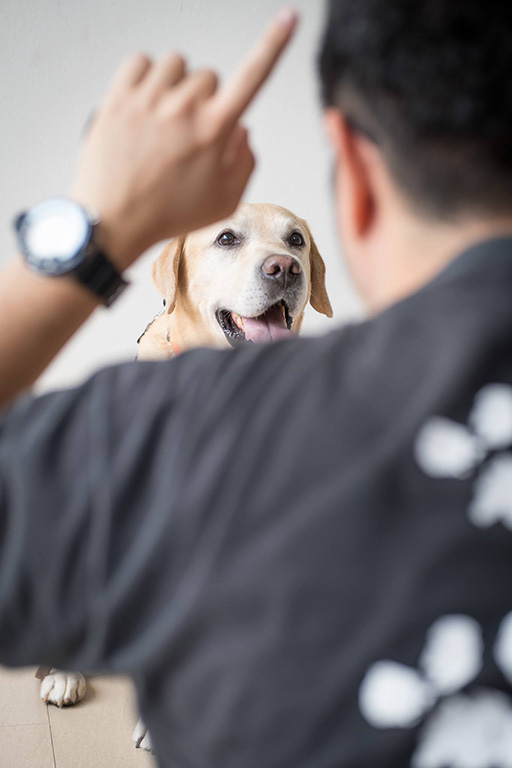
Other documentation includes client-photographer agreements that clients have to sign before embarking on a shoot together.
“List down where you’re shooting, how long the shoot will take, what your deliverables are, what kind of editing you’re expected to do, and any other important clauses like cancellation or postponement policies, and bad weather contingency plans.”
I asked him for more tips on how to manage client expectations, being an unavoidable aspect of a photographer’s job, no matter what genre they shoot in.
“Dig out why they want to hire you. What kind of images are they expecting from you? I tend to ask them what images they like from my portfolio that they’d want from their shoot,” Nick listed out.” Nick shared that this could be applied to any genre of professional photography.
Handling Payment
So you got the shoot done. The photographs have been sent. Time to reap the rewards! But wait, there are still other administrative matters to handle before your payment gets deposited into your bank account.
If your day job isn’t in finance, then welcome to the world of invoicing. But it’s not so bad, as Nick puts it: “I just Google for invoicing templates and put my charges into an Excel sheet.”
If you shoot commercially, ie. working for companies, not private individuals (you and me), then “you have to list down the hours chargeable for pre- and post-production included — because corporations want to justify why they’re paying you that amount of money.”
Photographers that work with individuals have it easier. “Just lump it all together in a package price.”
Nick uses web-based software such as to handle and track his invoices and quotations, though he sometimes uses signed agreements as receipts as well.
And speaking of money, I asked Nick about how he guarded himself against late payment – or clients running away without paying at all. His rule of thumb is simple: take a 50% deposit before the shoot, and collect the remaining 50% on the day of the shoot.
“Most of them won’t run,” he said. “Even if they don’t pay on the day of the shoot, I just won’t deliver the photos until they pay me.”

The Freelance Photographer Starter Pack
Here’s the flashy, exciting bit. When it comes to equipment, what does a newbie need? Can you go pro with your dad’s old DSLR and kit lens? Or do you need a plethora of lenses, studio space, and pro-grade flashes? After all, you’re going pro now — you’ve gotta look the part, right?
Well, you might not need as much equipment as you might think.
Nick’s equipment of choice for his first few jobs? A Canon 350D and a kit lens.
“Ultimately you are the crafter, the camera is your tool. Good tools only make producing high quality work easier. All that matters is that you’re able to produce a consistent quality of work in your portfolio.”
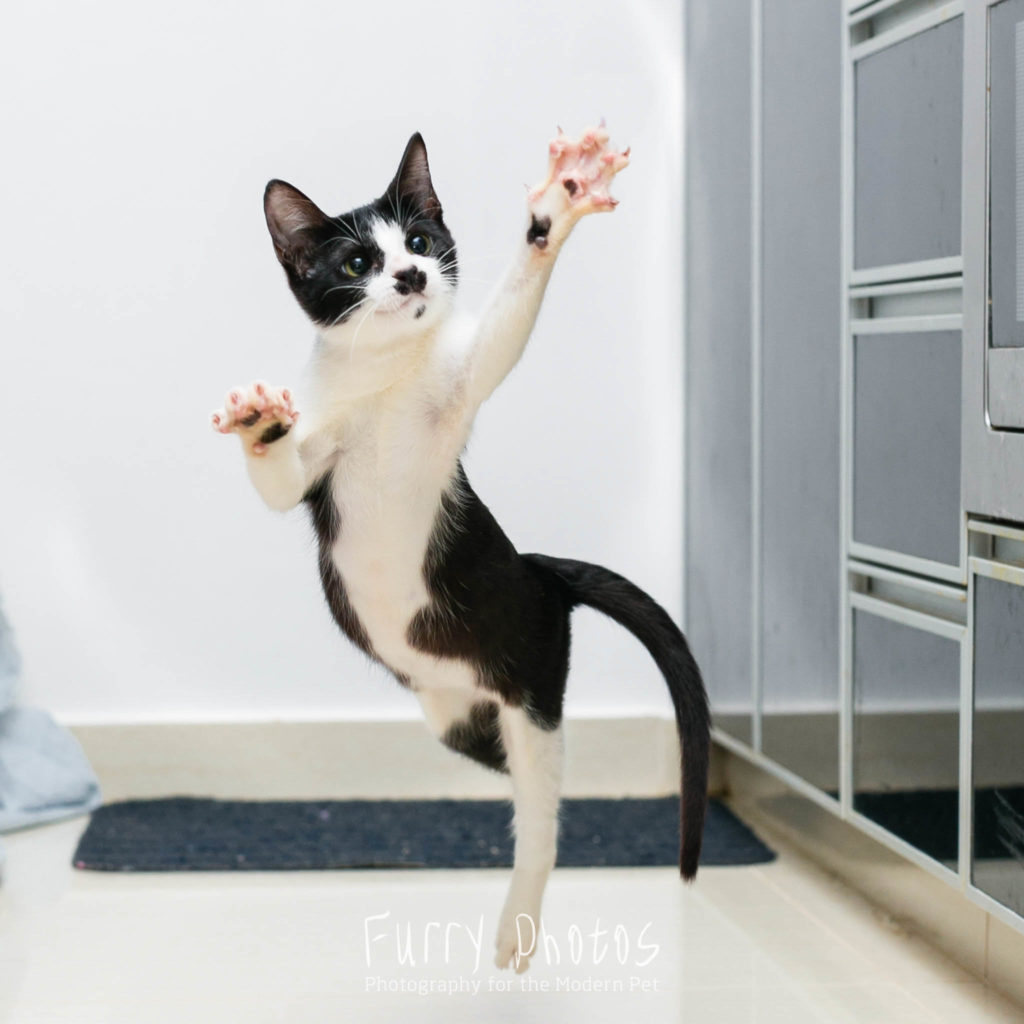
Eventually, he channeled the earnings from his first few gigs back towards investing into additional gear like accessories, bags, and memory cards.
“I eventually saved up like crazy for a 70-200mm f/4L lens and got it at a discounted, secondhand rate of $800. Back then the retail price was $1,200. That was my go-to lens for a long time — I later bought an 85mm prime lens.”
But you should not take his equipment list as law; there’s no “golden rule” for gear choices — it simply boils down to your personal style.
As for what lenses a photographer should upgrade to, Nick suggested, “As you’re using the kit lens, check the data on your photos. They’ll tell you what focal length you usually shoot at, so buy the prime lens closest to that focal length. If you feel like you need something longer or wider, buy accordingly — base it on what you shoot and what you like to shoot.”
Other Costs
Great, now you’ve got the gear. Now you’re ready to snap away and get that extra income, but wait — there are other expenses you need to factor in, like software costs, portfolio hosting, and a solid data backup plan.
Nick subscribes to Adobe and pays a monthly fee, though he says that paying the lump sum for a perpetual license is also an option, if you don’t need to depend on cloud access.
His website costs $170 a year, including domain ownership and hosting. And when it comes to storing and archiving old working files, Nick stresses the importance of data backup.
“Data doesn’t exist unless it exists in three places at the same time,” he said. If it sounds too paranoid and over-the-top, think back to all those horror stories of photographers losing their clients’ photos (most of the time, wedding photos) and failing to deliver.

To safeguard himself, Nick pays $85 a year to sync his main photo archive to a server in the United States for a peace of mind; he can restore a handful of working files for free, and there’s also the added option of paying $300 for the company to ship a hard drive to him with everything in case something goes wrong at home and his data gets wiped.
Last but not least, Nick owns eight memory cards and cycles through them so he doesn’t have to override the same card too often. “I don’t want to format a card till about eight shoots after I use it, just to be safe.”
Should You Incorporate a Company?
Finally, when your side gig is finally taking off and you’re raking in the extra income, you might think: is it time to turn the gig into a business?
This is assuming you’re no longer just taking the rare, one-off job from a family friend or colleague. Nick incorporated Furry Photos into a legitimate company in 2014, after leaving the civil service that prevented him from earning a side income for years.
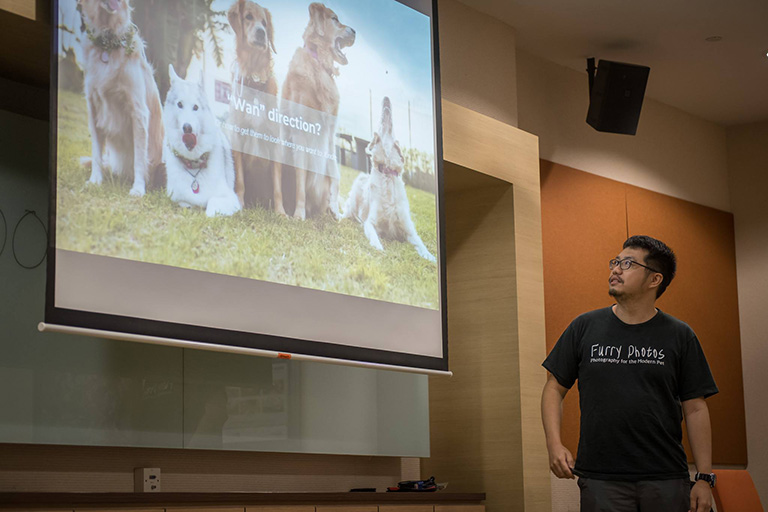
For those who have dreams of making a name for yourself, Nick advises that you understand what the three business types are before registering: proprietorship, limited liability (LLP), and private limited.
Furry Photos is a registered proprietorship. What that means is that the business is filed with Nick’s personal income tax, which lands him in a higher tax bracket (which means more taxes to pay). One downside of this is that “everything’s exposed,” according to Nick.
“If you break something on a shoot and you don’t have business insurance, who’s going to pay for it? You are.”
Nick also stresses that proprietorship and LLP companies, even if merely side gigs, requires you to top up a certain percentage of your trade income to CPF and MediSave, even if your full-time job already does that.
“If you don’t, you can’t renew your business license. But you can avoid this if your company is private limited.”
Side Effects of a Side Gig
Nick reflected that with the time spent between his full-time job and his beloved side business, there’s been less time for family and dating. On a good week, he says, he spends about 14 hours a week shooting, editing, and handling admin work.
Though, he maintains that he still manages to find time whenever he can.
It only teaches us one thing: that a side gig means more free time taken up to work. As to whether that time and effort are worth sacrificing weekends for, that is entirely up to you. If you’re passionate about it like Nick, then you’ll find a way to make it work.
From data backups to knowing how to manage client expectations, being a photographer is certainly no walk in the park — even if done on a freelance basis like Nicholas and Furry Photos. If you’re ready to make something out of your hobby, you should be well-prepared for it.



